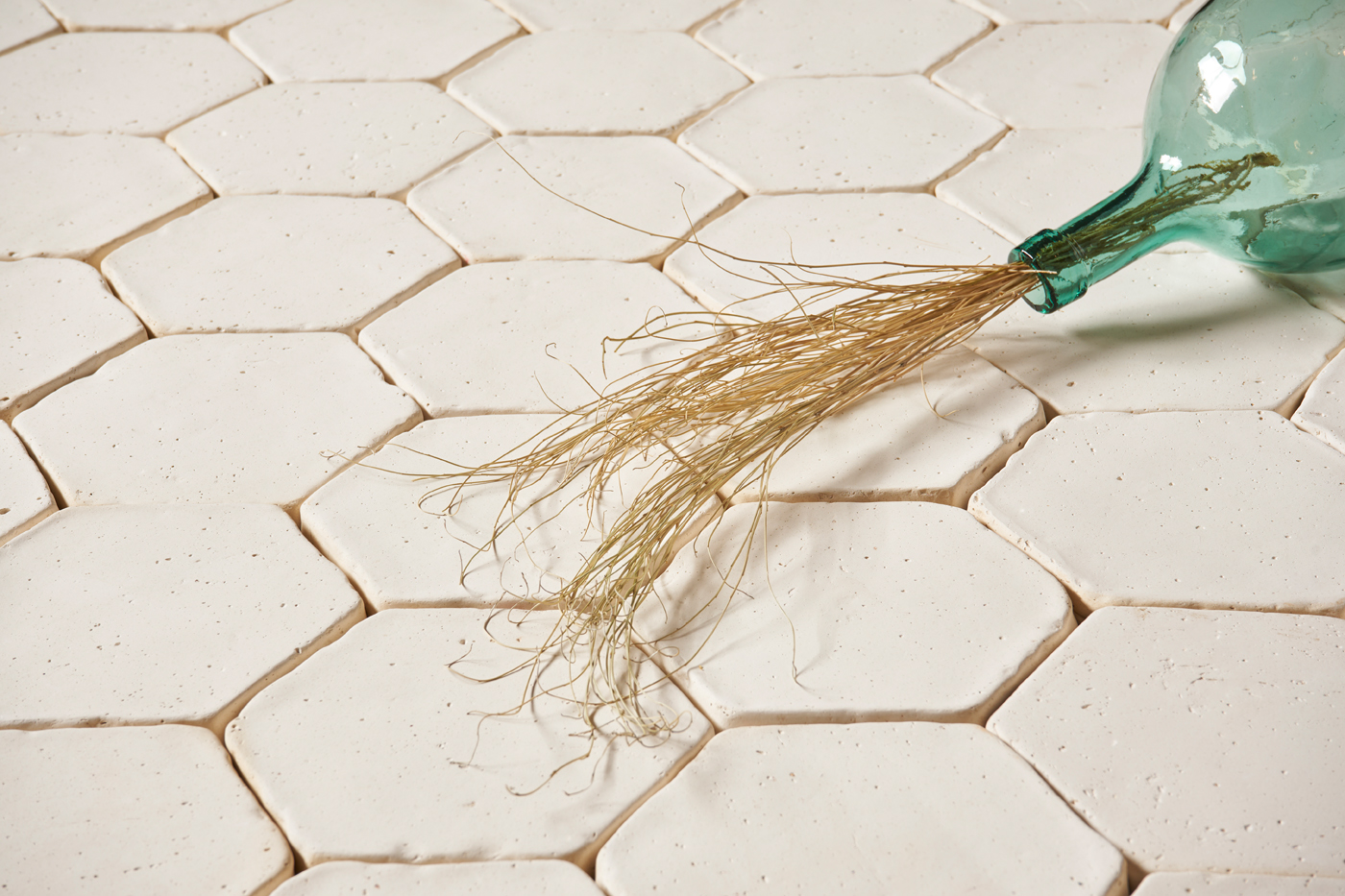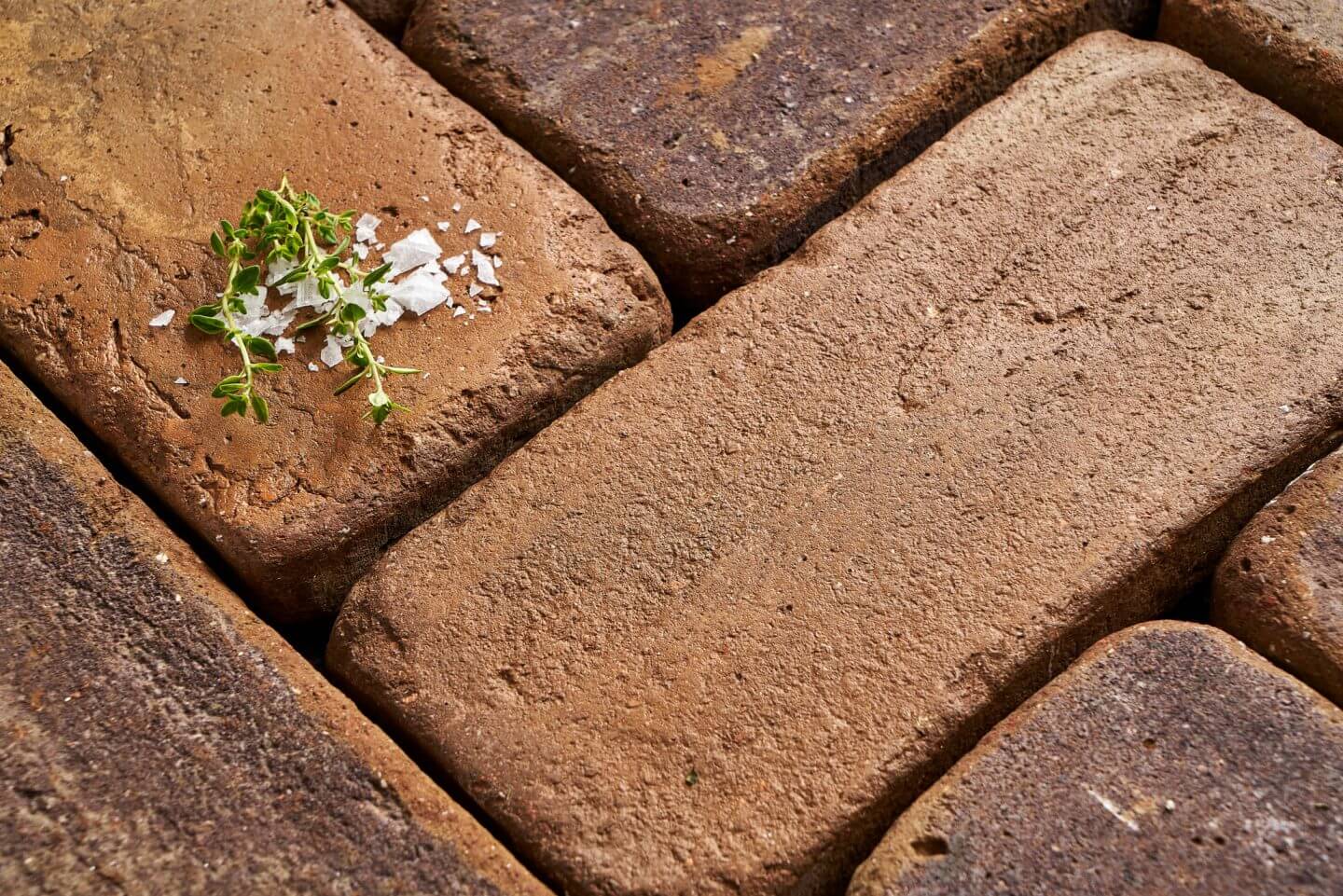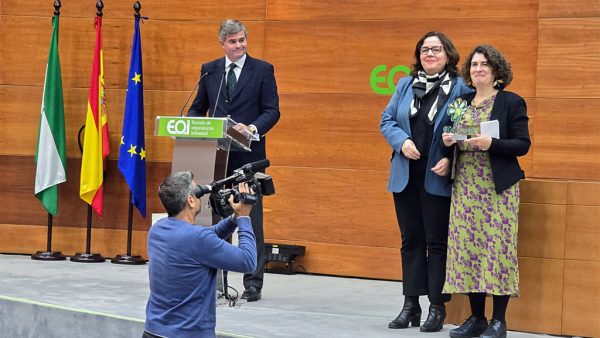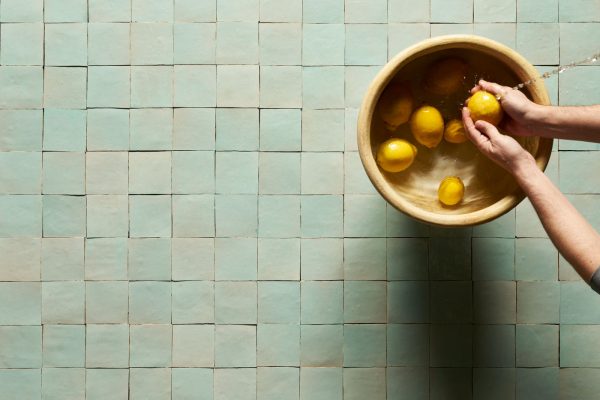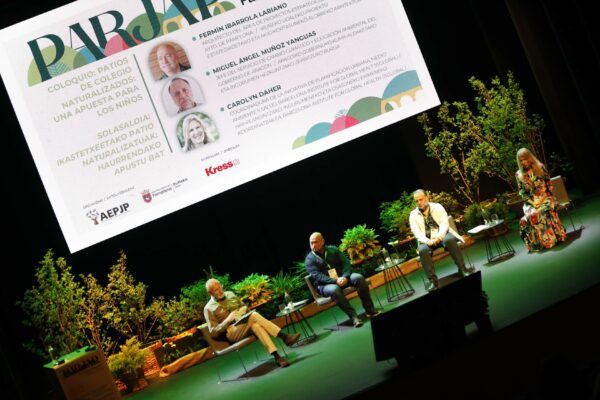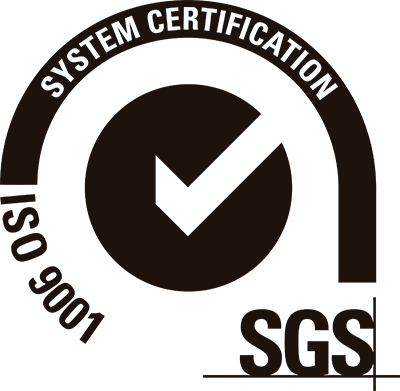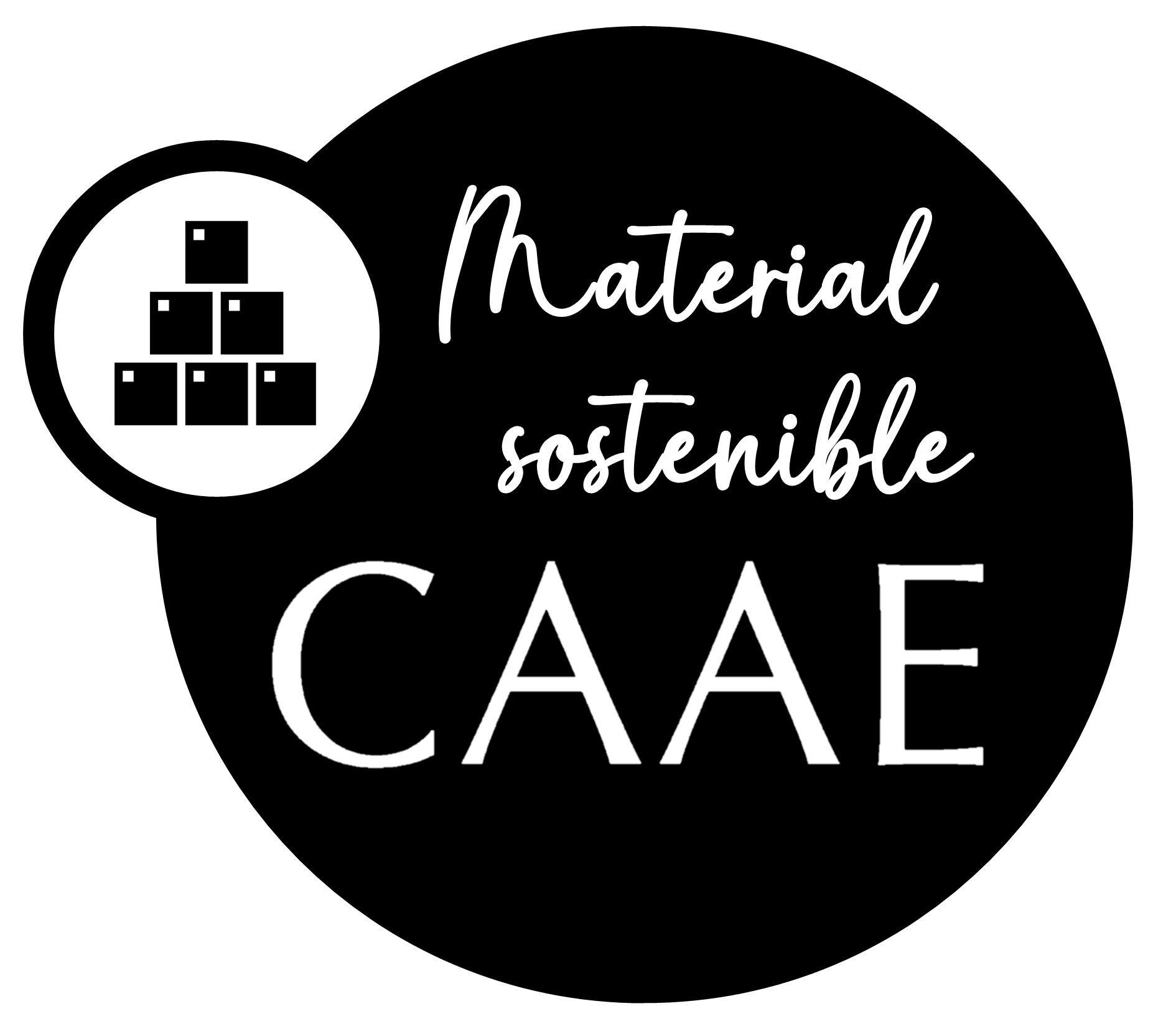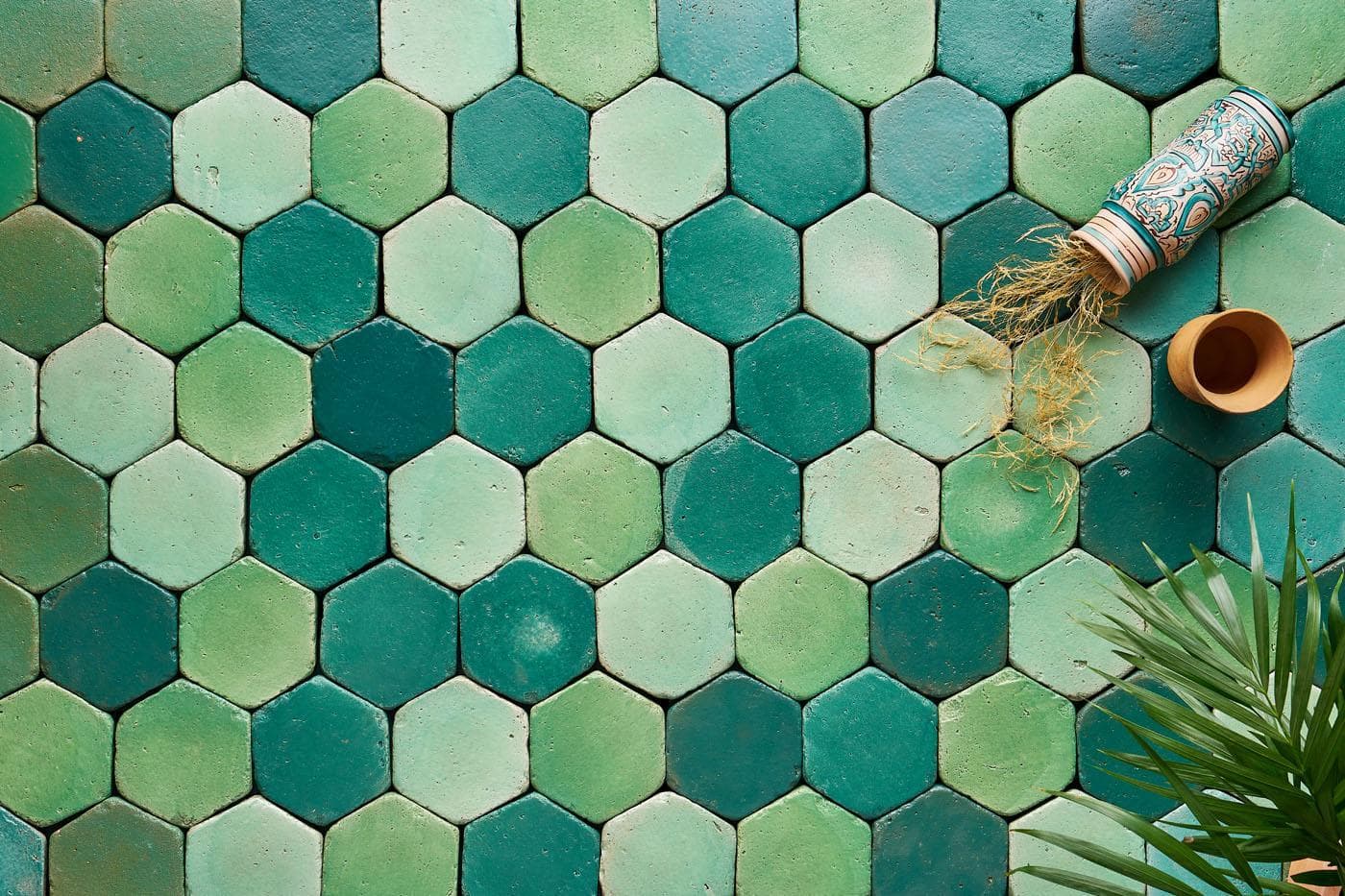
BIOECOREST: a project for the restoration of marine forests
Launching a pioneering project for research on the recovery of marine forests
In the last 5 decades, coastal habitats (corals, estuaries, seagrass meadows and marine forests) have been lost at a much higher rate than terrestrial habitats. The unfamiliarity of the marine world means that this decline in underwater ecosystems goes largely unnoticed, but just as we see nature suffer, suffer and disappear on our land, so it does under the surface of the water. Among these habitats, the 80% global loss of marine forests of algae is even more unknown. So too is the cascading effect that these losses have beyond biodiversity itself, reducing the provisioning, protecting and regulating functions that our seas provide.
The causes of this devastation are multifactorial, but all are directly or indirectly related to past or present human activity. Fortunately, humans not only have a talent for destroying nature, but also for seeking solutions inspired by it. For years, teams of researchers and many other professionals have been working in many places to develop techniques to facilitate the restoration of ecosystems.
Today, we know that there is no single solution to this problem. But what both experience and scientific evidence dictate to us is that any effort must be interdisciplinary. Research alone does not have the strength or resources to effect tangible change, and the productive power of companies or governments is of little use without the knowledge and advice of the scientific community. This is the spirit of the project we present: a holistic approach to offer a range of answers to a complex problem.
Planting marine forests
There is enough scientific evidence available for us to know which techniques are the most viable, functional and practical in marine ecosystem recovery projects. We know, because it has been done before in numerous studies with locations around the world, that the introduction of seaweeds in artificially installed pieces in their natural habitats is an effective way to contribute to their restoration.
The idea is deceptively simple: ceramic pieces are created that serve as a base for the growth of native species of marine kelp forests that have been in decline. These pieces are then fixed in optimal environments, where the development of these “flagship” species promotes the regeneration of ecosystems, providing habitat and food for marine life and improving water quality. This technique is neither unique nor universal, since each species, each coast and each climate have different requirements, and will therefore need supports with specific characteristics to address their particularities. That is why extensive research work is needed to maximize the effectiveness of these devices in the short and long term.
Clay: a perfect material, also for restoring aquatic life
Clay is an ideal material with proven functionality for ecosystem regeneration purposes. At todobarro we have the technology, the knowledge and experience of the material, and the commitment to the project’s objectives. Now, with the incorporation of the researchers leading the project to the team, we have the greatest scientific expertise we could aspire to.
Clay is a material that is often naturally present in these ecosystems, so we are not even introducing a foreign element in the areas to be repopulated. It leaves no chemical footprint, nor does it generate harmful by-products. Its characteristics of malleability, porosity and resistance make it the perfect material for an initiative such as BIOECOREST.
A multidisciplinary project: dynamic research, comprehensive market studies, networking with other scientists?
The most innovative and exciting thing about BIOECOREST is its interdisciplinary nature. In this blog we will cover in depth the many aspects that characterize the project, but, in summary, it is a plan that unifies in the same package the needs of laboratories and scientific research with those of the market and the ecosystems to be restored.
Not only are we going to carry out a pioneering research project, led by one of the great emerging voices specialized in seaweed ecology (we are talking about Raquel Sánchez de Pedro), but in parallel, we are going to develop a whole network that will convert this research into tangible and quantifiable results, both for the market and for other scientific projects.
This project is a continuation of our fruitful partnership with the University of Malaga, as well as a collaboration between researchers from the Universities of Seville and Trieste (Italy), thanks to the funding of the “Torres Quevedo” Grants (PTQ2023-013189) financed by the MICIU/AEI/ 10.13039/501100011033).

